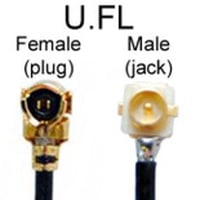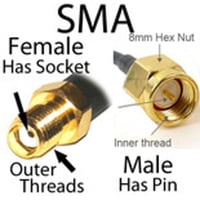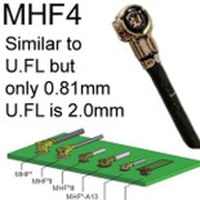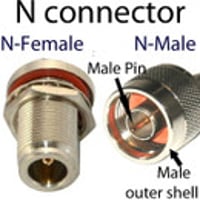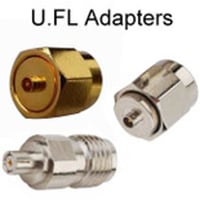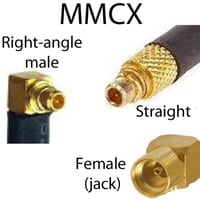MHF3 Cables / MHF3 = MHF III
MHF3 Cable Assemblies: Specifications, Applications, Wireless Protocols
Coaxial Cable Types in MHF3 Cables
MHF3 cables primarily utilize coaxial cables, known for their capacity to transmit high-frequency electrical signals with minimal loss. These include:
- RG-178
- RG-316
- U.FL The type chosen largely depends on the specific application and the performance requirements. For instance, RG-178 might be preferred where flexibility is crucial, while RG-316 can offer better performance over longer distances.
Suitability for Specific IoT Applications
MHF3 connectors and cables are designed to cater to the unique demands of IoT devices. They are especially suitable for:
- Wearable devices: Due to their compact design, they are an excellent fit for smartwatches and health trackers.
- Home automation systems: Their robust signal transmission ensures seamless connectivity for smart home devices.
- Industrial IoT: With their reliable performance, they can withstand the rigors of industrial settings.
Compatible Wireless Technologies
MHF3 connectors support a wide range of wireless technologies, which enhances their applicability in the IoT ecosystem. Some of the wireless technologies include:
- Wi-Fi (both 2.4GHz and 5GHz bands)
- ZigBee
- Bluetooth
- Cellular networks (like LTE)
Insertion/Connection to Jack and Disconnection from Jack
Connecting the MHF3 connector to its jack is straightforward. It employs a snap-on mating mechanism that allows for a secure connection. To disconnect, it’s recommended to use a proper extraction tool, ensuring that the cable is gently pulled from the jack without damaging the connector.
Key Features of MHF3 Connectors and Cables
- Compact Design: MHF3 connectors are among the smallest RF connectors available, making them suitable for devices with space constraints.
- High-frequency performance: Can operate up to 6GHz, suitable for various wireless applications.
- Low insertion loss: This ensures minimal signal degradation.
- Durability: Designed for repeated mating cycles without significant wear.
Materials Composition
MHF3 connectors are typically made of:
- Contact: Gold-plated brass which ensures a robust connection and prolonged durability.
- Insulator: Made of PTFE (Teflon) which offers excellent insulation properties.
- Body: Made from gold-plated brass or stainless steel for optimum strength and conductivity.
Types and Applications
MHF3 connectors are versatile and find their place in a multitude of applications. Besides IoT devices, they are also employed in:
- GPS systems
- Laptops and PCs (For built-in wireless cards)
- Drones
- Various RF applications

